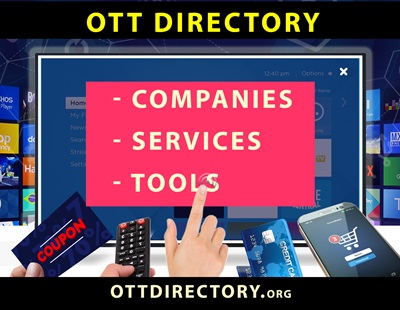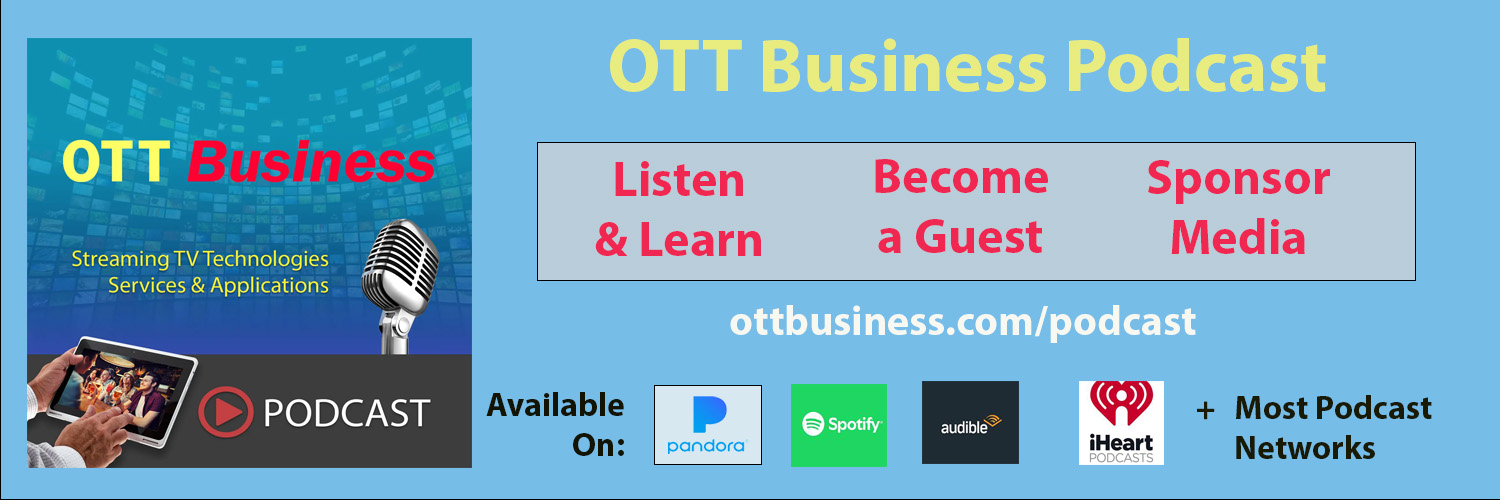Screenwriting Tools
 Screenwriting platforms and tools address the challenging tasks of organizing and structuring narratives for movies, TV shows, and professional videos. Without such tools, writers, producers and other media professionals face challenges in maintaining coherence and clarity across scripts, leading to potential story inconsistencies and production delays. By streamlining the scriptwriting process, these tools enable efficient collaboration among team members, ensuring seamless communication of creative visions. They solve key issues such as formatting adherence, story development, and version control, ultimately enhancing productivity and creativity in media production. Understanding how to select, set up, and effectively use screenwriting tools is crucial for anyone involved in media creation, offering a gateway to smoother production workflows and compelling storytelling.
Screenwriting platforms and tools address the challenging tasks of organizing and structuring narratives for movies, TV shows, and professional videos. Without such tools, writers, producers and other media professionals face challenges in maintaining coherence and clarity across scripts, leading to potential story inconsistencies and production delays. By streamlining the scriptwriting process, these tools enable efficient collaboration among team members, ensuring seamless communication of creative visions. They solve key issues such as formatting adherence, story development, and version control, ultimately enhancing productivity and creativity in media production. Understanding how to select, set up, and effectively use screenwriting tools is crucial for anyone involved in media creation, offering a gateway to smoother production workflows and compelling storytelling.
Screenwriting Platforms and Tools
- Amazon Storywriter – Amazon Storywriter is a free cloud-based screenwriting tool that allows writers to create scripts and submit them directly to Amazon Studios.
- Arc Studio – A modern screenwriting software with advanced outlining, collaboration, and formatting tools.
- Causality – Causality is a screenwriting tool that focuses on visualizing the narrative flow and structure of a script through a unique storyboard interface.
- Celtx – Celtx offers pre-production software for media planning, including scriptwriting, storyboarding, and production scheduling tools.
- DramaQueen – Screenwriting and story development software with tools for structuring, writing, and analyzing scripts.
- DubScript – DubScript is a professional screenwriting app for Android that supports Fountain plain text markup, offering a mobile solution for scriptwriting.
- Fade In – Professional screenwriting software with extensive tools for writing and managing screenplays.
- Final Draft – The industry-standard software for screenwriting, offering robust formatting and collaboration features.
- Fountain Editor – Fountain Editor is a plain text screenwriting tool that uses the Fountain markup language to write screenplays with any text editor.
- Highland – A screenwriting software designed for Mac users with a focus on distraction-free writing.
- JotterPad – JotterPad is a mobile writing app that supports screenwriting with a distraction-free interface and cloud sync capabilities.
- Kit Scenarist – KIT Scenarist is a free and open-source screenwriting software that provides a comprehensive toolset for creating screenplays and managing writing projects.
- Movie Magic Screenwriter – A screenwriting software that offers a comprehensive suite of tools for professional writers.
- Movie Outline – Movie Outline is a screenwriting and story development software that helps writers outline their screenplay and develop their story structure.
- Page 2 Stage – Page 2 Stage is a free screenwriting software that provides various tools for scriptwriting, including industry-standard formatting and multilingual support.
- Prewrite – Prewrite is a story development tool designed to help writers visualize, outline, and organize their screenplay ideas before writing the script.
- Script Studio – Screenwriting software designed to help writers create and analyze screenplays and teleplays.
- Scripto – A collaborative screenwriting tool designed for writers’ rooms and team-based writing projects.
- Scripts Pro – Scripts Pro is a mobile screenwriting app for iOS devices, designed to handle industry-standard screenplay formats and editing.
- Scrivener – A versatile writing software that allows for the organization of long and complex documents.
- Slugger – Slugger is an online screenwriting tool that focuses on simplicity and ease of use, offering basic writing and formatting features.
- Slugline – A simple, elegant screenwriting software that uses plain text and the Fountain markup language.
- Slugline 2 – An updated version of Slugline, offering enhanced features for distraction-free screenwriting.
- Squibler – A writing and collaboration platform for screenwriters, offering outlining, writing, and organization tools.
- Storyboard That – A visual tool for creating storyboards and scripts, suitable for both educational and professional use.
- StudioBinder – StudioBinder is a production management solution that includes screenwriting tools, offering comprehensive pre-production features.
- Trelby – An open-source screenwriting software known for its simplicity and ease of use.
- WriterDuet – A real-time collaborative screenwriting software that syncs across devices and platforms.
- WriterSolo – WriterSolo is an offline screenwriting software by the creators of WriterDuet, offering robust writing and formatting tools.
- yWriter – yWriter is a word processor that breaks your novel or screenplay into chapters and scenes, helping writers organize and structure their work.
Screenwriting Tools Key Features
Character and Location Management
Tools may include databases for managing characters, locations, and other script elements, helping maintain consistency and continuity throughout the script. This feature is crucial for keeping track of narrative details and ensuring coherence in the storyline.
Cloud Storage
Scripts are stored securely in the cloud, eliminating the need for local storage and making them accessible from any device with an internet connection. This promotes flexibility and mobility, enabling writers to work from anywhere and ensuring that scripts are protected from local data loss.
Collaborative Editing
Real-time collaboration allows multiple writers and collaborators to work on the same script simultaneously, with changes made by one user reflected instantly for all collaborators. This feature is important because it streamlines the writing process, enhances teamwork, and allows for immediate feedback and brainstorming, making the creative process more efficient.
Commenting and Feedback
Enables collaboration through commenting and feedback features, allowing team members and stakeholders to provide comments directly on the script for discussion. This fosters a collaborative environment where ideas can be exchanged and improvements can be made collectively.
Exporting Formats
Supports exporting scripts in various industry-standard formats (PDF, Final Draft, etc.), ensuring compatibility with other tools and platforms used in the production pipeline. This flexibility is essential for seamless integration into the broader production workflow.
Formatting Assistance
Automated formatting tools adhere to industry standards for screenplay, teleplay, or other script formats, helping writers focus on content rather than formatting nuances. This ensures that scripts meet professional standards, which is crucial for industry acceptance and readability.
Notifications and Alerts
Users receive notifications for comments, changes, or updates to stay informed, contributing to improved communication and collaboration among team members. This ensures that everyone is aware of the latest developments and can respond promptly.
Offline Editing and Sync
Some tools offer offline editing capabilities, enabling users to work without an internet connection, with changes syncing seamlessly when the user reconnects. This is important for maintaining productivity regardless of internet access, ensuring that work can continue uninterrupted.
Project Management
Offers task management features to assign and track responsibilities within the screenwriting team, enhancing organization and project management. This is important for ensuring that all aspects of the scriptwriting process are handled efficiently and on schedule.
Script Analysis Tools
Built-in tools analyze scripts for various elements, such as pacing, structure, and character development, aiding writers in refining and improving their scripts. This feature is crucial for enhancing the quality of the script and ensuring it meets narrative and structural standards.
Script Security
Implements robust security measures, including encryption and secure transmission, to protect sensitive content, with access controls and user permissions ensuring that only authorized individuals can access and edit scripts. This is vital for protecting intellectual property and maintaining confidentiality.
Search and Navigation
Robust search and navigation tools allow users to quickly locate specific scenes, characters, or dialogue, enhancing efficiency in large and complex scripts. This feature is important for saving time and improving the overall workflow, especially in extensive scripts.
Version Control
Automatic versioning keeps track of script revisions, allowing users to revert to previous versions and ensuring a detailed history of changes. This supports accountability and enables writers to experiment with different ideas without losing previous work.
Workflow Integration
Integrates seamlessly with related tools, such as scheduling, pre-visualization, or project management software, enhancing overall production workflows and interoperability. This integration is important for maintaining an efficient and coordinated production process.
Screenwriting Tools Glossary
- Action Lines – Lines that describe character movements and actions.
- API – Application Programming Interface, enabling integration with other tools.
- AI-Assisted Screenwriting – Tools that use artificial intelligence to suggest improvements.
- Auto-Formatting – Automated formatting features for adhering to industry standards.
- Character Development – Tools aiding in the creation and management of character arcs.
- Character Profiles – Detailed information about characters in the script.
- Cloud Sync – Synchronization of scripts across devices and platforms.
- Collaborative Screenwriting – Tools that facilitate multiple users working on the script simultaneously.
- Collaborative Writing – Tools enabling multiple users to work on a script simultaneously.
- Commenting Feature – Allows users to leave comments on specific script sections.
- Courier Font – A monospaced font often used in Screenwriting for uniform character width.
- Dialogue – Characters’ spoken words.
- Dialogue Management – Features facilitating the writing and editing of dialogue within scripts.
- Distraction-Free Writing – Interfaces that minimize interruptions during script creation.
- Encryption – Protects script content during transmission and storage.
- Export Options – Choices for exporting scripts to different file formats.
- Final Draft Format – The standard Screenwriting format widely used in the industry.
- Fountain – Plain text markup language for writing screenplays.
- Formatting – Standardized layout and style requirements for scripts.
- Mobile App Compatibility – Availability and functionality on mobile devices.
- Mobile Apps – Screenwriting tools available on smartphones and tablets.
- Offline Editing – The ability to work on scripts without an internet connection.
- Open-Source – Software whose source code is freely available for modification and distribution.
- Outline Tool – Software feature for organizing plot points and story structure.
- PDF Export – Creating a Portable Document Format (PDF) version of the script.
- Plot Outlining – Tools for planning and visualizing the script’s structure.
- Production Planning – Features assisting in scheduling and managing production tasks.
- Real-Time Collaboration – Simultaneous editing and feedback capabilities in screenwriting tools.
- Real-time Collaboration – Simultaneous editing and feedback in real-time.
- Revision Tracking – Tools that keep track of changes made to the script over time.
- Script Editor – The tool or interface for writing and editing scripts.
- Scriptwriting Software – Applications designed for writing and formatting scripts.
- Scene Description – Narrative text describing settings, actions, and events.
- Sharing Options – Methods for sharing scripts with collaborators or stakeholders.
- Storyboarding – Visual representation of a script, often used for planning scenes.
- Version Control – System for managing revisions and updates to scripts.
- Version History – A record of different versions of the script.

